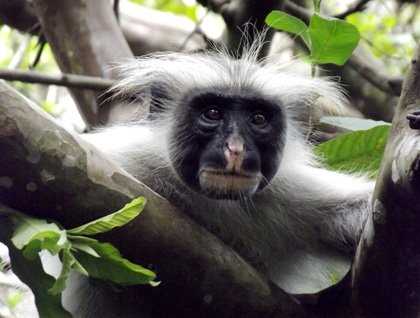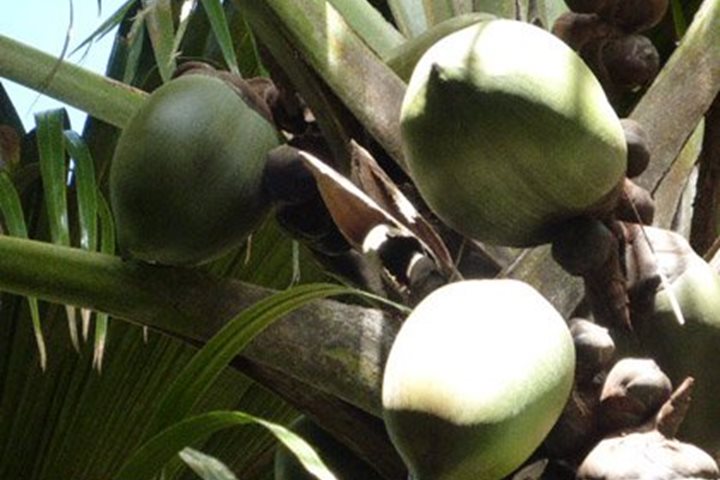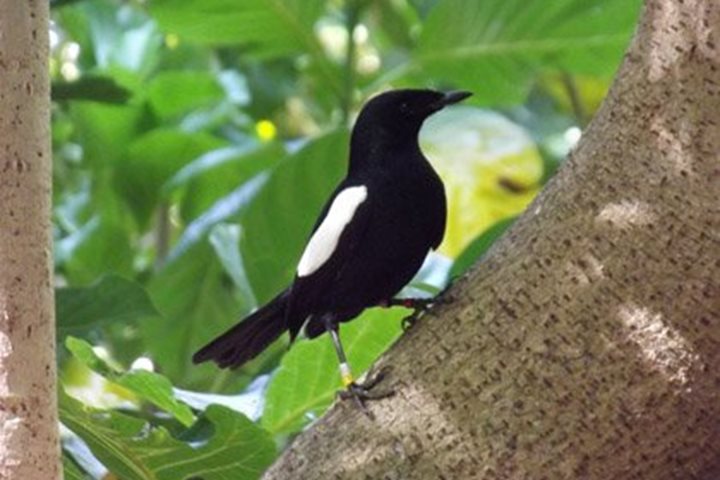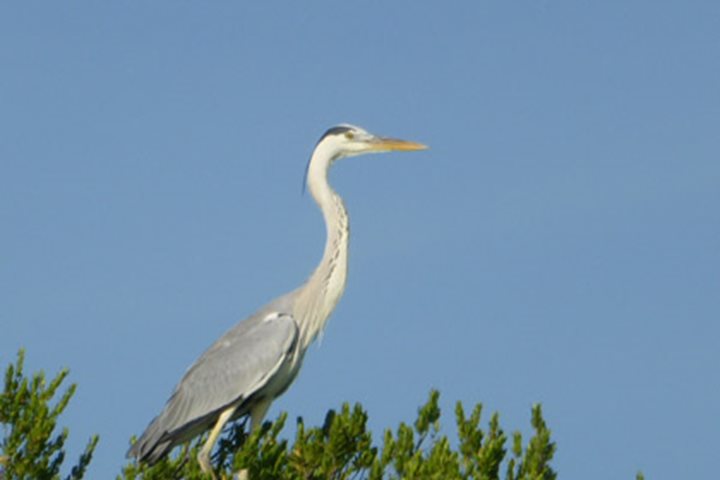We arrived around sunrise at the exotic island of Zanzibar, but an early morning rain made it difficult to watch the picturesque fishing and trading dhows head out from the harbor. But, it didn’t dampen our enthusiasm to be in Zanzibar. It’s fun to just say the name…Zan-zi-bar. This place evokes feelings of adventure and mystery, because it has long been an important trading center, giving Arab traders access to vital African commodities such as ivory, ebony and other hardwoods, rhinoceros horns, and sadly, slaves. The Portuguese explorers of the early 16th century, in their quest to gain control of the European trade with Africa and the Orient, saw the value of Zanzibar and took it by force from the Arabs. The Portuguese controlled it for nearly two centuries until the Omani Sultanate forced them out in 1698. In the 18th century, plantations of nutmeg and cloves were established in Zanzibar and successfully broke the monopoly of the Dutch East Indies spice trade. In the 19th century, European explorers used Zanzibar to gain access to the interior of Africa. Later in the century, European colonial powers began dividing up Africa to extract its natural resources and Britain eventually took control of Zanzibar and made it a protectorate in 1890. The island gained its independence in 1963, but immediately suffered a terrible civil war that cost thousands of lives until it (and its sister island Pemba) was subsumed the following year by newly-independent Tanganyika… thus forming The United Republic of Tanzania. Today, Zanzibar still maintains a considerable degree of autonomy.
This morning, right after breakfast, we set off into the hinterlands of the island for a chance to see some of its natural history. The best place for this is the Jozani-Chwaka Bay National Park, a reserve of some 5,000 hectares (13,000 acres) that includes an impressive mahogany forest that was planted in the mid-20th century (after it had essentially been logged out), an extensive pandanus or screwpine forest, and a very extensive mangrove estuary. We had time to explore all three habitats, and were able to spend time with some rare, endemic Zanzibar red colobus monkeys, as well as several blue monkeys. The two species often co-exist in nature, so it wasn’t unusual to find them here together. Some of us also spent time at one of the spice plantations this morning and got a chance to see the plants that produce our common spices that we tend to take for granted nowadays. Spices were more important in the distant past, however, because before refrigeration they were necessary to render many foods palatable when proper preservation techniques were not possible.
In the afternoon, we had a chance to explore Stone Town, an 18th century collection of buildings constructed primarily with coral blocks, island cement, mud, and coconut oil. Many of them still have their original intricately-carved wooden doors. It is a very photogenic region of the city that is now a UNESCO World Heritage Site. Walking around the narrow alleyways and poking into shops along the way was quite mind-boggling…a person could easily get lost in here. One of the most interesting stops on our walking tour was at the Old Slave Market, where we saw the terrible conditions endured by the unfortunate people forced into this despicable commerce. A short distance away, next to the Anglican cathedral that was built on a site chosen by David Livingstone, we viewed the very moving slave memorial made by Clara Sörnäs in 1997. At the end of the day, as we sailed from Zanzibar, we saw several Arab dhows that were little changed from the trading vessels in use more than 10 centuries ago.







